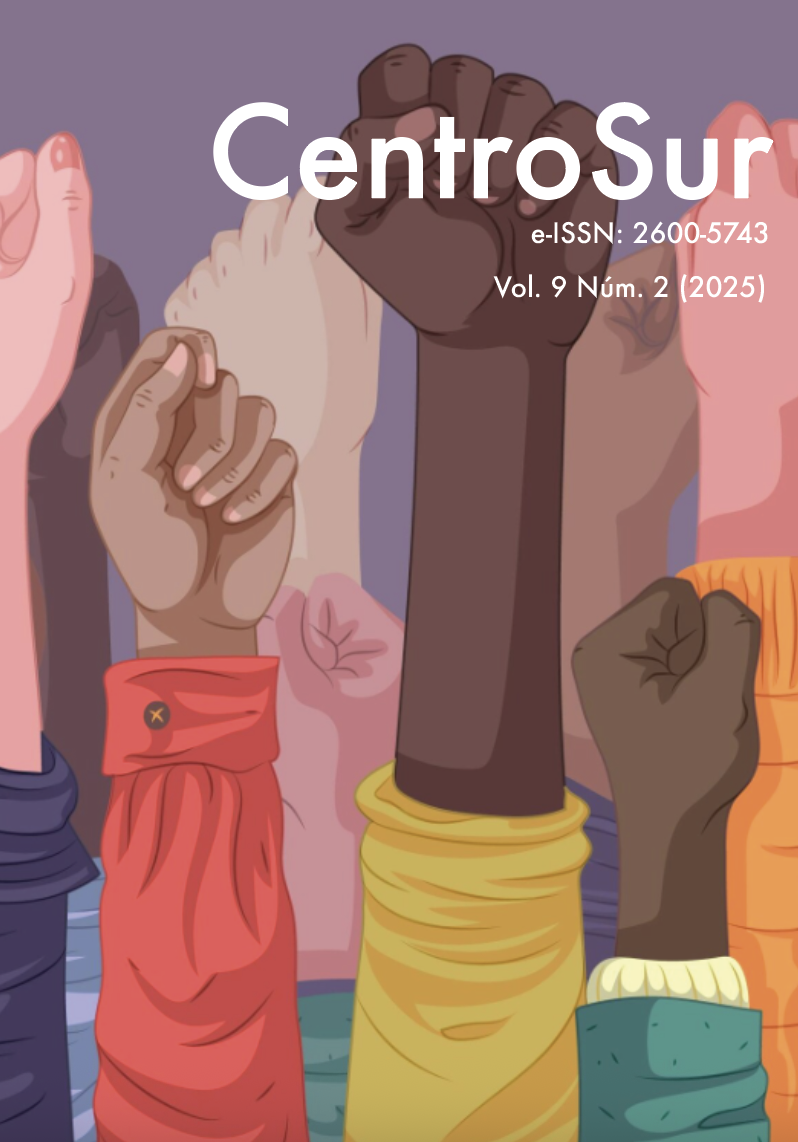The rights of nature in the constitution of Ecuador: a pillar of good living
Main Article Content
Abstract
Ecuador's 2008 Constitution marked a milestone in environmental law by integrating the Rights of Nature and Sumak Kawsay (Good Living) into its legal framework. This study analyzes the foundations of these concepts, their relationship to indigenous worldviews, and their evolution from previous environmental reforms. It examines how the Constitution recognizes nature as a subject of rights, surpassing the traditional anthropocentric approach, and establishes a reciprocal relationship between society and the natural environment. The implementation of these rights in Ecuadorian legislation and public policies is evaluated, identifying protection mechanisms and obstacles to their effective application. The role of citizen participation in nature protection is highlighted, where citizens have the right and obligation to actively engage in defending the environment and managing natural resources. The results reveal an innovative legal framework, but point to challenges in its practical application due to the persistence of an extractivist economic model and the need to strengthen citizen participation. It is concluded that the Ecuadorian experience offers valuable lessons for other countries seeking sustainable development models, and the Constitution lays the foundation for a legal paradigm that harmonizes human development with the protection of natural equilibrium.
Downloads
Article Details

This work is licensed under a Creative Commons Attribution-NonCommercial-ShareAlike 4.0 International License.


